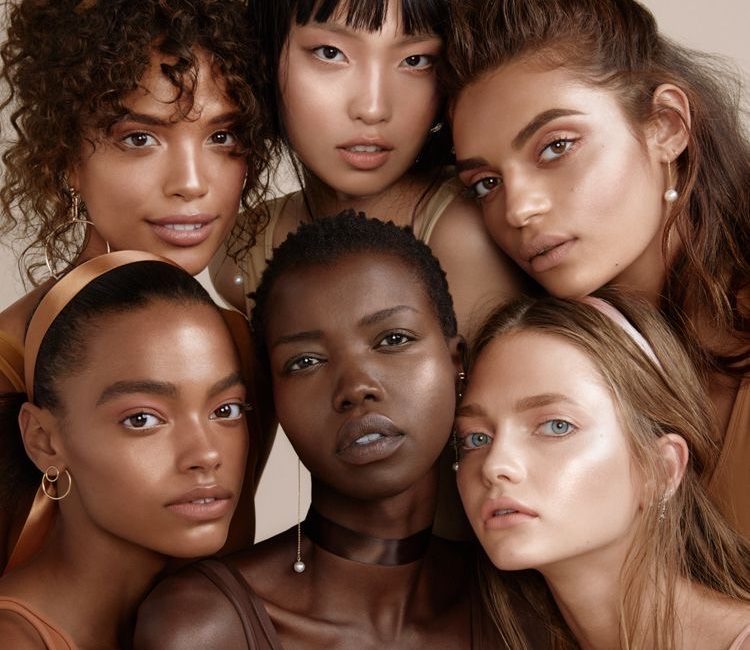While we have discussed the theory on why we are the colour that we are, how we classify skin colour on the Fitzpatrick Scale, as well as a range of different pigmented conditions, there are a range of individualised characteristics in each skin colour. While skin conditions and individualities are not exclusive to each Fitzpatrick, they are a way to understand your skin and what it may be prone to. Today we will discuss two common skin conditions and their prevalence in different fitzpatricks:
Rosacea is a frustrating and inflammatory condition with internal and external aspects, while it has a range of influencing factors interesting to note it has a higher prevalence in light celtic skins! Characterised as red, flush, sensitive skin, rosacea can be debilitating and take time to understand. You may have heard of something called the ‘drinkers nose’ , but did you know that distinguable red, swollen nose often seen on older white men is actually one of the subtypes of rosacea – Rhinophymatous Rosacea! Rosacea can also affect the eye, ocular rosacea, as well as the skin of the face. Protecting your skin from the sun and the avoidance of irritants in both your environment, diet and skin care can help manage red skins, but if rosacea is suspected a consult with your skin therapist is best to ensure appropriate management of both internal and external care as the term ‘Acne Rosacea’ can often confuse people into using products that can exacerbate the condition.
Lighter skin are most susceptible to sun damage; changes in vascularity, texture and tone are most common complaints.
Darker skins on the other hand, are more prone to keloid scarring and pigmentation concerns. Keloid scarring is a complicated type of scarring, they are an abnormal overproduction of collagen that spreads far beyond the wound margins. While its not fully understood why or how this happens knowing the risk of keloid scarring means treatments can be discussed in terms of safety, particularly when it comes to treatments that involve controlled wounding – not a good idea for anyone prone to keloids. Keloid scars are distinguishable and different to a hypertrophic scar, hypertrophic means the scar has raised but is still contained within the margins of the wound, more common than keloids and easier to treat. Once formed, keloid scars are incredibly difficult to treat, medical intervention is needed. Identifying skin that may be susceptible and preventing their formation is key.
The best way for anyone to understand their skin, no matter the colour, is to take note of what it is trying to tell you. Take note of your skin changes, how do you heal, what do your scars look like, how does it react in the sun, what do your parents’ skin look like, what happens when you eat certain foods or are stressed?
Our skin is an amazing, intricate and protective organ; look out for those little clues that will help you better understand not only your skin but what’s going on on the inside! If in doubt we are here at HOM to guide you and help you to understand your skin and all its wonderful clues.
REMEMBER, no matter your colour or concern, you should ALWAYS be treating your skin as an organ and protecting it from UV.

